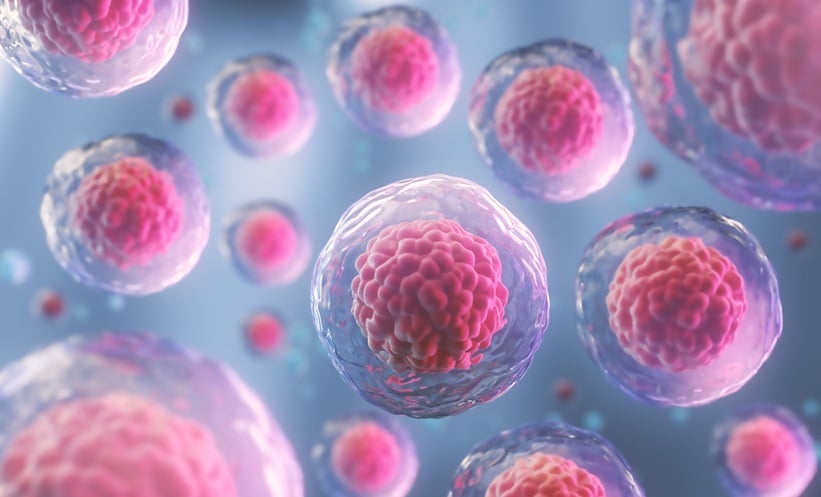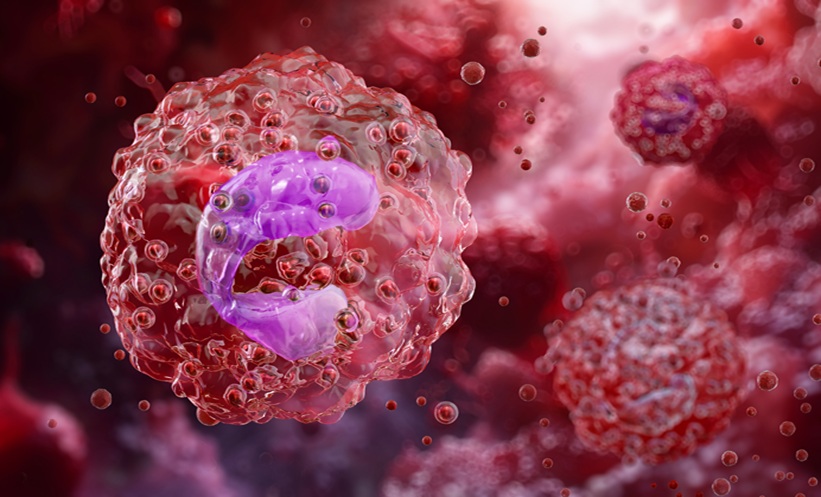A NEW proteomic study has revealed that fractionation techniques can significantly enhance the identification of bioactive peptides and immune-related proteins in camel and cow milk, potentially influencing dairy processing and allergenicity assessments.
Researchers utilised various fractionation and enrichment methods to analyse the protein content of camel and cow milk. Pre-fractionation with 0.4% SDS facilitated protein identification, while cream enrichment yielded the highest number of immune system-related proteins. Different separation techniques, including filtration and precipitation, were tested for their efficiency in recovering bioactive peptides.
The study identified 1,143 proteins in camel milk and 851 in cow milk, with the cream fraction showing the highest concentration of immune-related proteins. Filtration and precipitation methods detected 170 and 177 bioactive peptides, respectively, compared to only 31 using solvent-solvent extraction. Camel milk contained more native and tryptic bioactive peptides than cow milk. Importantly, while both milks contained over 50 potentially allergenic proteins, β-lactoglobulin, one of the primary allergens in cow milk, was absent in camel milk, suggesting a lower allergenic potential.
These findings provide a valuable proteomic resource for understanding the health effects of dairy products, reinforcing camel milk’s potential as a hypoallergenic alternative.
Ada Enesco, EMJ
Reference
Jayamanna Mohottige MW et al. Beyond nutrition: exploring immune proteins, bioactive peptides, and allergens in cow and Arabian camel milk. Food Chem. 2025;467:142471.







